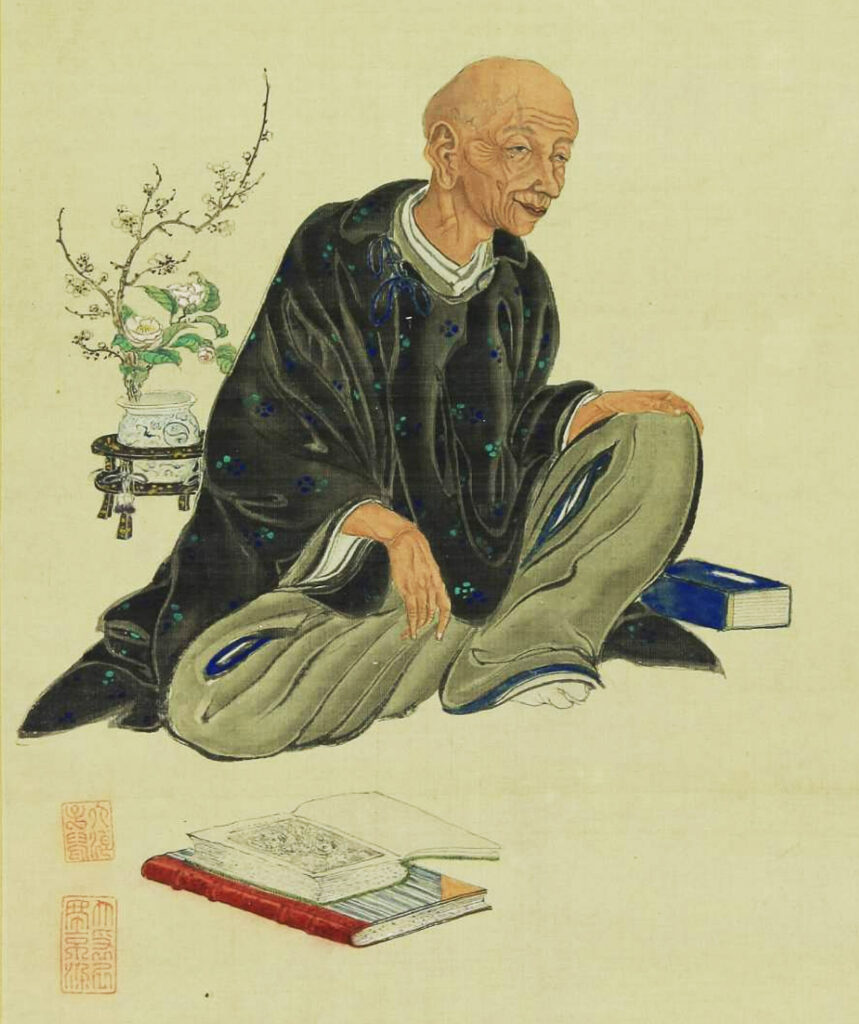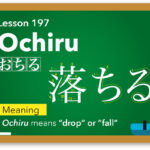

1733 – 1817
杉田 玄白 Sugita Genpaku
The Father of Today’s Medical Science
Sugita Genpaku is a prominent figure who made significant contributions to the medical field in Japan during the Edo period. His groundbreaking work in his time has had a profound impact on modern medicine. So, let’s dive into his incredible accomplishments and their lasting influence.
Early Life and Initial Career
First, let’s touch upon Sugita Genpaku’s upbringing and early career to better understand his background.
Date of birth: February 3, 1733
Place of birth: Edo (present-day Tokyo)
Father: Sugita Ginkei (physician)
Sugita Genpaku was born on February 3, 1733, in Edo (present-day Tokyo). His father, Sugita Ginkei, was a physician, and Genpaku began learning medicine at a young age.
Studying Dutch Medicine
A particularly noteworthy aspect of Sugita Genpaku’s career was his deep interest in Dutch medicine. During the Edo period, Japan’s isolationist policy limited its interaction with foreign countries. However, the Netherlands was the only country with which Japan maintained contact. As a result, Genpaku was fascinated by the medical knowledge brought from the Netherlands and dedicated himself to studying it.
Learning Dutch
As we delve deeper into Sugita Genpaku’s career, we find that he mastered the Dutch language. Dutch speakers were rare in Japan at the time, so he taught himself the language and eventually became proficient enough to read Dutch medical books. This enabled him to bring groundbreaking information to Japan’s medical community.
Anatomy Research and the Publication of “Kaitai Shinsho”
One of the most critical events in Sugita Genpaku’s career was his research in anatomy and the publication of “Kaitai Shinsho.” Through his study of Dutch medicine, he realized the importance of anatomy and dedicated himself to its advancement in Japan.
Japan’s First Human Dissection
In 1768, Sugita Genpaku and Maeno Ryotaku, a physician of the Shirakawa Domain, conducted Japan’s first human dissection. This groundbreaking event had a significant impact on the development of anatomy in Japan.
The Publication of “Kaitai Shinsho”
Following the successful dissection, Sugita Genpaku and Maeno Ryotaku published “Kaitai Shinsho,” which compiled their findings. This book was instrumental in disseminating anatomy knowledge throughout Japan and had a substantial impact on the medical community.
Later Life and Influence
As we conclude the story of Sugita Genpaku’s career, let’s also touch upon his later life and lasting influence.
Later life: Continued practicing medicine at home and mentored many students
Influence: Had a significant impact on modern Japanese medicine
In his later years, Sugita Genpaku continued practicing medicine at home and mentored many students. His research has had a lasting impact on modern Japanese medicine, with his studies in Dutch medicine and anatomy forming the foundation for current medical technology and education.
Little-known Stories and Unique Facts about Sugita Genpaku
In addition to his achievements, there are several unique stories and facts about Sugita Genpaku’s friendships.
Friendship with Takano Choei
Sugita Genpaku had a close friendship with Takano Choei, a fellow Dutch scholar and botanist. They supported each other’s research and collaborated closely. In fact, when Sugita Genpaku was writing “Kaitai Shinsho,” Takano Choei is said to have provided knowledge and technical expertise on anatomy. Their friendship helped Genpaku broaden his academic horizons and achieve further research successes.
Interaction with Foreigners
Sugita Genpaku also interacted with Dutch physicians and scholars. Although Japan’s isolationist policy at the time limited contact with foreigners, he boarded Dutch ships to interact directly with Dutch people and learn new medical knowledge. Additionally, he eagerly read the latest medical books sent from the Netherlands, bringing new insights to the Japanese medical community.
These episodes demonstrate that Sugita Genpaku engaged with scholars from different fields and people from abroad, learning from one another. His extensive network of relationships not only contributed to his medical achievements but also his personal growth and development. These lesser-known unique stories showcase Sugita Genpaku’s multifaceted charm.
1. The importance of maintaining curiosity
Sugita Genpaku had a strong interest in Dutch medicine and pursued knowledge that was not yet known in Japan at the time. His curiosity greatly influenced the Japanese medical community and opened up new paths for discoveries and research. By staying curious and eager to learn new things, we can enrich our own lives and the world around us.
2. Valuing interactions with different fields and cultures
Sugita Genpaku interacted with scholars from different fields and people from overseas, learning from each other. This allowed him to broaden his academic horizons and achieve further research results. By interacting with people from different fields and cultures, we can gain new perspectives and ideas that contribute to our own growth and expansion of knowledge.
3. The courage to face difficulties and forge one’s own path
Sugita Genpaku taught himself Dutch and was able to read Dutch medical books in isolationist Japan. His efforts and courage show that it is possible to forge one’s own path even in difficult situations. It is important for us to have the courage to face difficulties and pursue our goals.
4. The value of cooperation and teamwork
Sugita Genpaku collaborated with contemporary scholars like Maeno Ryotaku and Takano Choei, conducting research together. Their cooperation allowed them to utilize each other’s expertise and achieve greater results. By working with others and valuing teamwork, we can achieve our goals together.
5. The importance of sharing knowledge and experience
Sugita Genpaku spread the knowledge of Dutch medicine and anatomy he had learned to the Japanese medical community, nurturing many disciples. His sharing of knowledge and experience led to the development of Japanese medicine and the emergence of new technologies and treatments. It is important for us to share our knowledge and experience with others, learning from each other and growing together.
6. Having flexibility and creativity
Sugita Genpaku did not confine himself to existing medical knowledge and pursued the development of new medicine. He conducted the first human dissection in Japan and compiled the results in “Kaitai Shinsho.” This allowed him to spread anatomy in Japan. It is important for us to have flexible and creative thinking to find new ideas and solutions.
7. Passion and dedication to one’s goals
Sugita Genpaku had a passion for researching Dutch medicine and achieved many results through his dedication. His passion has had a significant impact on modern Japanese medicine. By having passion and dedication toward our goals, we can achieve great results in our lives and careers.
These lessons, learned from Sugita Genpaku’s life and achievements, are valuable to us. Following his example, by maintaining curiosity, interacting with different fields and cultures, having the courage to face difficulties and forge our own paths, valuing cooperation and teamwork, sharing knowledge and experience, having flexibility and creativity, and possessing the passion and dedication to our goals, we can benefit in our everyday lives.
.
.
.




